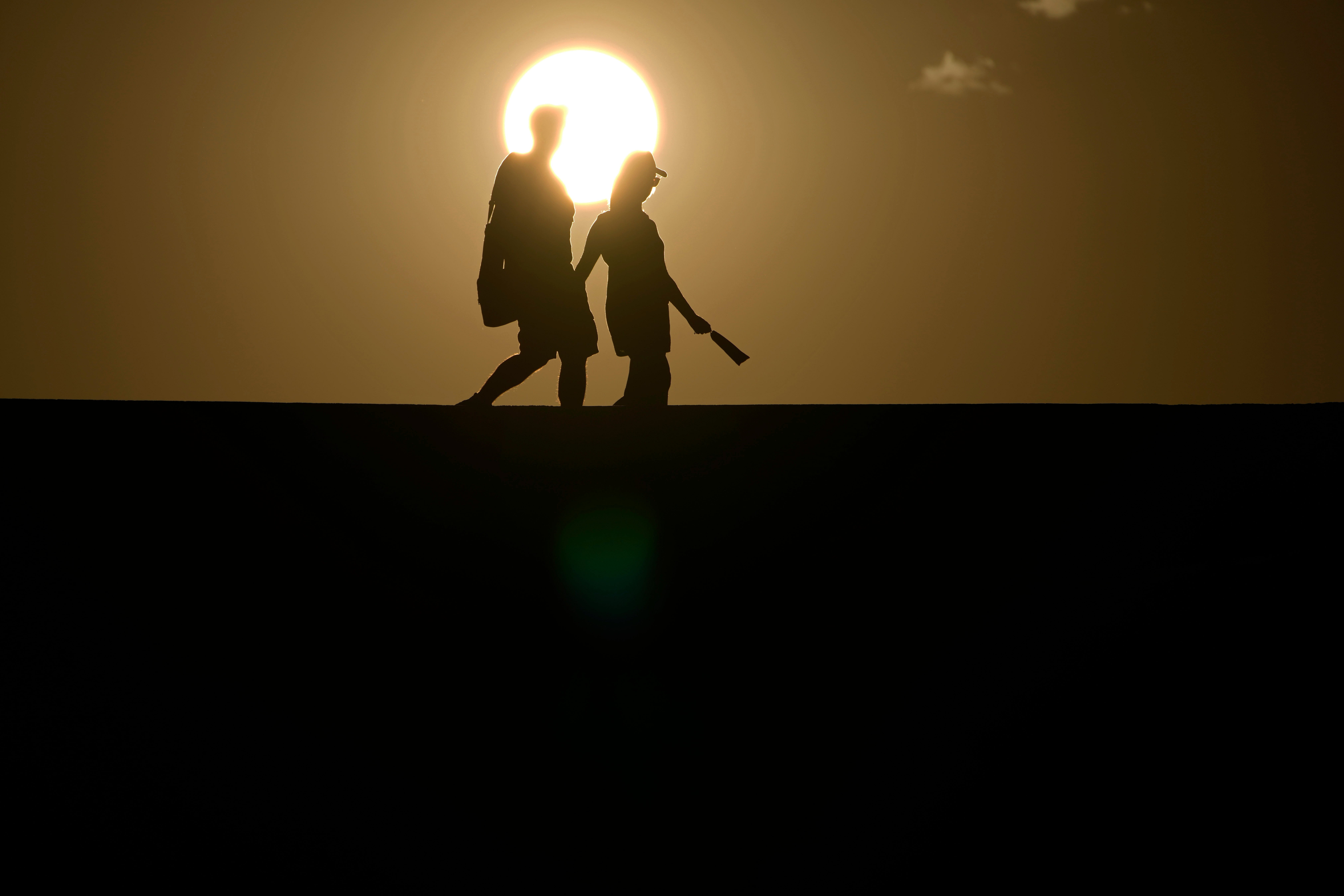Death Valley set to experience potentially the hottest week recorded anywhere on Earth

Death Valley is set to experience what could be the hottest week recorded anywhere on Earth, with temperatures predicted to reach a high of 133F.
Fourth of July week will see “record-breaking and dangerous heat”, beginning on Independence Day itself when the mercury is predicted to hit 125F.
Temperatures are predicted to climb steadily over the following days, peaking at 133F on July 9 – just shy of the hottest air temperature ever recorded there over 100 years ago.
According to the National Parks Service (NPS), the world record highest air temperature of 134F was recorded at Furnace Creek, in Death Valley, on July 10 1913. During the heat wave that peaked with that record, five consecutive days reached 129F.
Summer temperatures often top 120F in the shade with overnight lows dipping into the 90s. Average rainfall is less than 2 inches, a fraction of what most deserts receive.
The average temperature over the next seven days, beginning on July 3, is 128.6F, according to the National Weather Service (NWS).

The forecaster warned that the dangerous temperatures would make this year’s Fourth of July week “a scorcher” across much of the West and from the southern plains to the Mid-Atlantic.
Nearly 150 million US residents are under heat-related watches, warnings, and advisories throughout 21 states as of Wednesday.
As well as the “well above average temperatures” over California, where Death Valley is located, the heat is expected to spread further along the west coast by the end of the week.
Much of Oregon and Washington will experience highs soaring into the 90s by Thursday and Friday.
The NWS said that the possibility of “dozens” of record highs across the US showed the rarity of this year’s early-July heatwave.
“The duration of this heat is also concerning as scorching above average temperatures are forecast to linger into next week,” the forecaster said. “Heat impacts can compound over time, therefore it is important to remain weather aware and follow the advice of local officials.”







